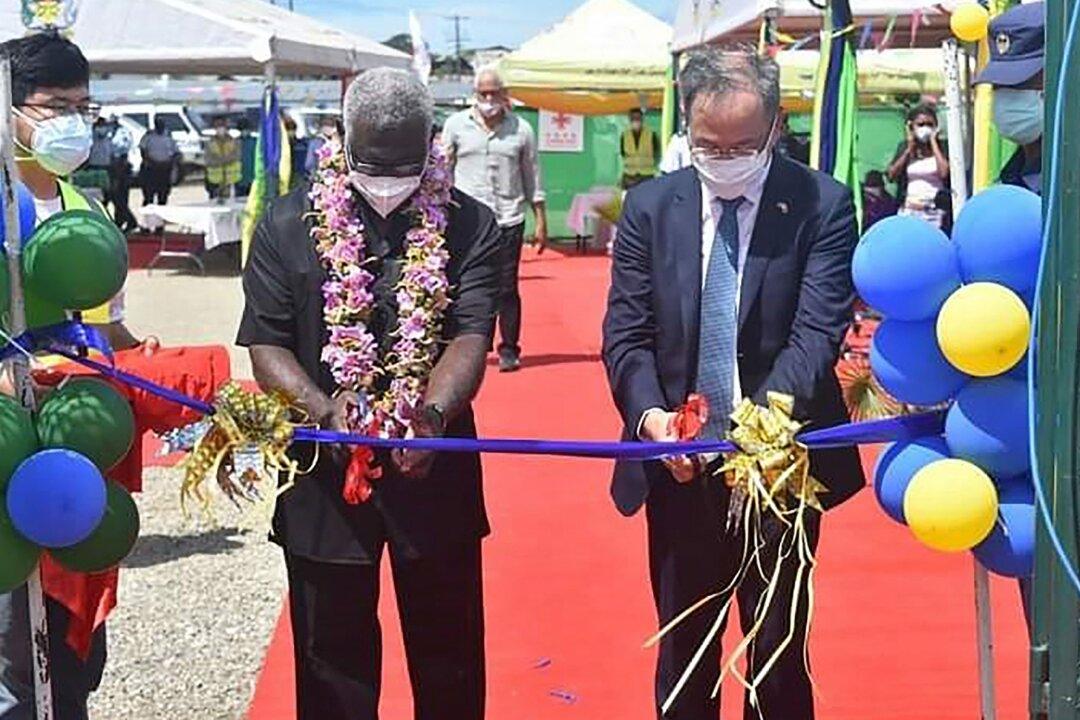Beijing is pumping more money into new developments in the Solomon Islands and Kiribati as “COVID-Zero” policies pummel the Chinese economy.
While Chinese aid flows to the overall Pacific region declined from 2016 to 2021, the Chinese Communist Party (CCP) has upped its investment in the Solomon Islands and Kiribati, which switched allegiances from Taiwan to Beijing in 2019, according to Lowy Institute’s latest Pacific Aid Map.




